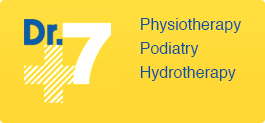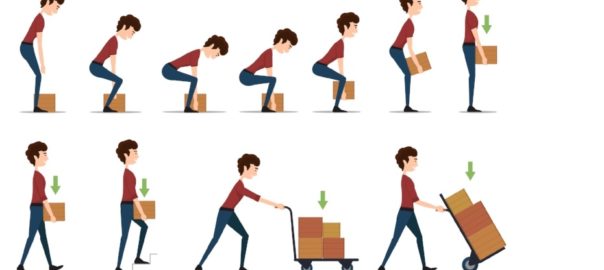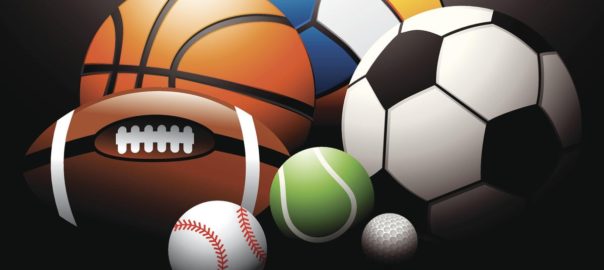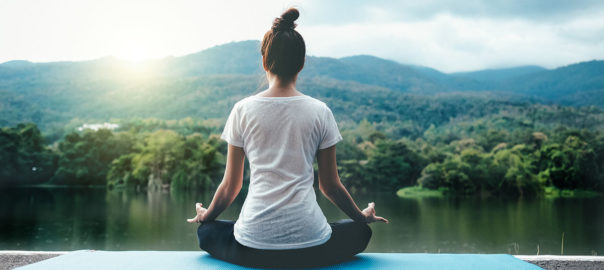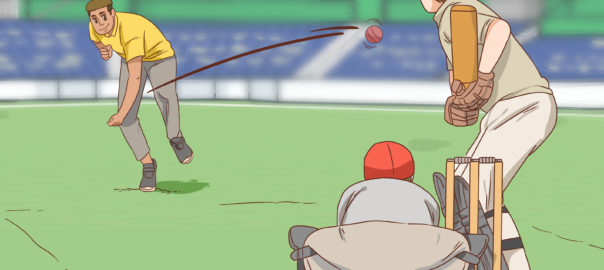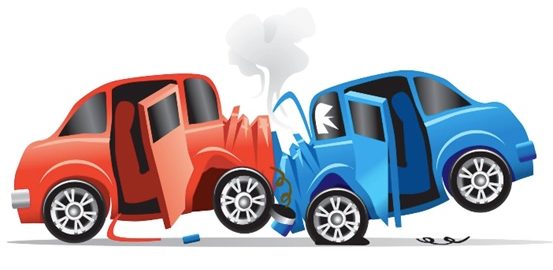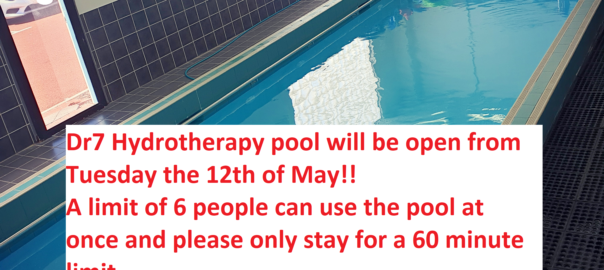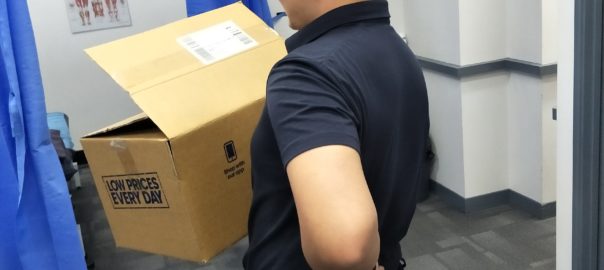Have you sustained an injury as a result of a motor vehicle accident(MVA)?
Do you want relief from your symptoms?
The pain and suffering resulting from a motor vehicle accident can become frustrating and inconvenient. Our Physiotherapists at Dr7 are registered health professionals with a wealth of knowledge to help you become pain-free and functional.
We welcome all patients referred for a motor vehicle-related injury.
Who is ICWA?
ICWA, known as the Insurance Commission of Western Australia is a corporation owned by the Western Australian government. They provide funding to those who are injured as a result of a motor vehicle accident. Vehicle registration fees provide ‘compulsory third party insurance’. This allows ICWA to provide compensation for injured parties when they involve in a motor vehicle accident.
Who is entitled to Motor Vehicle Accident claim?
Any of the following individuals who have sustained an injury or medical condition as a consequence of a motor vehicle accident can apply for an MVA compensation claim:
• Driver
• Passenger
• Pedestrian
• Cyclist
Eligibility for funding, reimbursement, or compensation is decided by ICWA. ICWA will investigate your claim and establish who was at fault. Liability must be accepted by ICWA for your claim to be accepted.
How do I make a Motor Vehicle Accident claim?
If you have sustained an injury or illness directly related to a motor vehicle injury follow these basic recommendations:
1. Seek medical attention
2. Report the crash to the police via the Online Crash Reporting Facility (https://www.crashreport.com.au/ocrf/) – this will provide you with a crash reference number
3. Call the insurance commission on (09) 9264 333 to investigate whether they require any additional information or forms to be lodged
4. Consult with your GP and request a referral to your allied health professional (e.g. Physiotherapist)
If you are considering a Motor Vehicle Accident claim and require more advice we recommend seeking legal advice.
How do I get referred to Physiotherapy?
When attending Physiotherapy services under a Motor Vehicle Accident claim it is important that you present with the correct documentation.
Before presenting to Physiotherapy you will need the following information:
• A Doctors referral stating the following:
o Name of practice and practitioner you intend on seeing
o Date of accident
o Injured areas to be managed
o Modalities of treatment (e.g. Physiotherapy, hydrotherapy, exercise rehabilitation)
• Claim number (if provided)
• Confirmation that you were not at fault by ICWA
If liability has not yet been determined we may kindly request that you pay the fees upfront and seek reimbursement once your claim has been accepted.
If you are unsure what information you need to provide, we recommended speaking to our friendly receptionist on (08) 9349 1777 for more information today!
Role of Physiotherapy
The Physiotherapists at Dr7 Physiotherapy and Podiatry have over 25 years of experience managing motor vehicle accident injuries and claims. We make it our priority to provide world-class treatment whilst proving a safe and emphatic environment for your rehabilitation.
We are able to provide the following modalities of treatment/management:
• Hands-on Physiotherapy treatment
• Supervised hydrotherapy
• Supervised exercise rehabilitation in a gym setting
• Education and advice
• Exercise programs
Our goals as Physiotherapists:
• Conduct thorough assessments to identify injuries and functional impairments
• Provide Physiotherapy treatment services to help the patient achieve their goals, reduce symptoms and elevate function
• Monitor progress of rehabilitation
• Liaise and collaborate with the patient’s health team to achieve optimal results
• Advocate for the injured patient within the management process
What can you claim?
• Ambulance services
• Hospital services
• Nursing services
• Medical services
• Scanning
• Medication
• Equipment & medical aids
• Rehabilitation & therapy services
• Household support services
• Travel
• Compensation for inability to work
• Pain and suffering
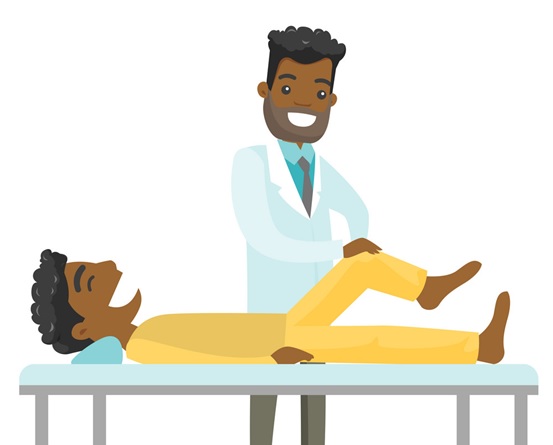
Who pays for Physiotherapy intervention and treatment?
ICWA will cover your medical expenses including Physiotherapy, hydrotherapy, and exercise rehabilitation if:
• Liability is accepted
• Treatment is necessary & reasonable
• Your injuries are directly related to the motor vehicle accident
In order to provide funding for your medical expenses ICWA requires medical evidence from your health professional team. In some circumstances ICWA may request prior approval for medical needs.
It is your responsibility to ensure you are covered. If you are unsure, we encourage you to speak to your ICWA case manager or seek legal advice.

When will my claim be finalised?
Your claim can be finalised once ICWA receives a medical report confirming your recovery or stabilisation from a medical condition or injury. The time frame for this varies depending on the extent of your illness/injury/s.
Do I need a lawyer?
In most cases a lawyer is not necessary. You do however have the right to appoint a lawyer to assist you with your claim. We are happy to make a recommendation for legal representation if you require it.
We recommend that you refer to the ICWA information booklet for further information or clarification
https://www.icwa.wa.gov.au/__data/assets/pdf_file/0008/6020/A-GUIDE-FOR-PEOPLE-INJURED-IN-A-MOTOR-VEHICLE-CRASH-WEB-FINAL-30317.pdf
What costs are involved?
If your claim has been approved and liability has been accepted there are no gap-fees or out-of-pocket expenses for the patient directly. This needs to be confirmed with ICWA and that they have accepted liability for your claim.
